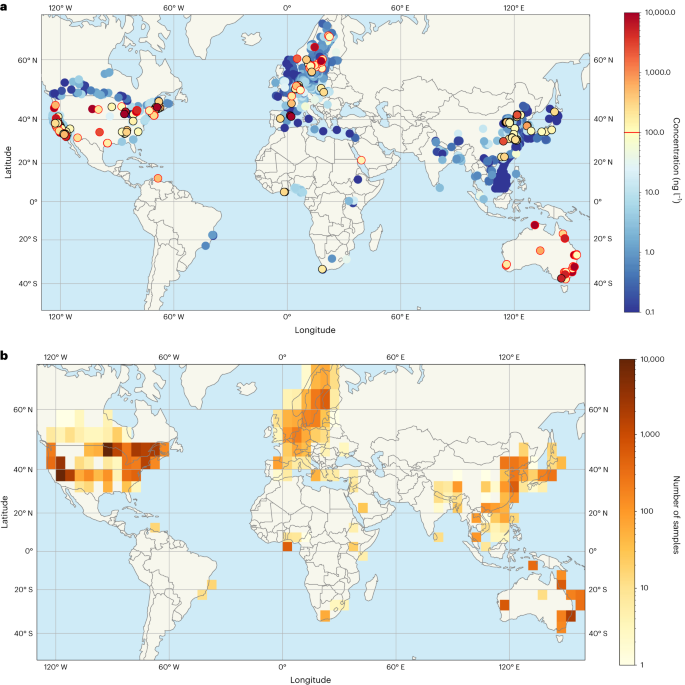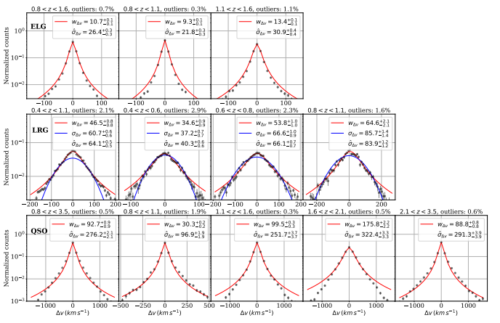2024-04-08 ニューサウスウェールズ大学(UNSW)
<関連情報>
- https://www.unsw.edu.au/newsroom/news/2024/04/pfas-forever-chemicals-above-drinking-water-guidelines-in-global-source-water
- https://www.nature.com/articles/s41561-024-01402-8
世界の地表水と地下水におけるパーフルオロアルキル物質とポリフルオロアルキル物質の過小評価 Underestimated burden of per- and polyfluoroalkyl substances in global surface waters and groundwaters
Diana Ackerman Grunfeld,Daniel Gilbert,Jennifer Hou,Adele M. Jones,Matthew J. Lee,Tohren C. G. Kibbey & Denis M. O’Carroll
Nature Geoscience Published:08 April 2024
DOI:https://doi.org/10.1038/s41561-024-01402-8

Abstract
Per- and polyfluoroalkyl substances (PFAS) are a class of fluorinated chemicals used widely in consumer and industrial products. Their human toxicity and ecosystem impacts have received extensive public, scientific and regulatory attention. Regulatory PFAS guidance is rapidly evolving, with the inclusion of a wider range of PFAS included in advisories and a continued decrease in what is deemed safe PFAS concentrations. In this study we collated PFAS concentration data for over 45,000 surface and groundwater samples from around the world to assess the global extent of PFAS contamination and their potential future environmental burden. Here we show that a substantial fraction of sampled waters exceeds PFAS drinking water guidance values, with the extent of exceedance depending on the jurisdiction and PFAS source. Additionally, current monitoring practices probably underestimate PFAS in the environment given the limited suite of PFAS that are typically quantified but deemed of regulatory concern. An improved understanding of the range of PFAS embodied in consumer and industrial products is required to assess the environmental burden and develop mitigation measures. While PFAS is the focus of this study, it also highlights society’s need to better understand the use, fate and impacts of anthropogenic chemicals.



